Tips to Reduce Aches and Pains at Work
Discomfort both at work and at home
Regardless of whether you spend most of your time sitting or standing while at work, you could be at risk of suffering from one of many aches and pains related to being in one position for too long.
Between 2016 and 2017, 507,000 people reported suffering from a new or long-standing work-related musculoskeletal disorder which resulted in 8.9 million working days being lost in Great Britain during this time.
Aches and pains can be present in muscles, joints and tendons across the upper limbs and neck, back, and lower limbs, and these cause discomfort both at work and at home.
Here we share some tips to reduce aches and pains at work so you can try to avoid suffering from these yourself.
Taking frequent short breaks
Taking frequent short breaks throughout the day is more effective than just one or two long breaks as they allow you to move away from your workstation more often.
If you just don’t have the time to leave your desk during the day why not take opportunities to go and get a drink, walk to the printer, or go and speak to a colleague at their desk rather than sending an email or picking up the phone.
You can also try scheduling tasks so that you change the position that you will be in, perhaps start off with some typing and then have a phone call during which you can be standing up or walking around the office.
Moving throughout the day
There are plenty of ways to ensure that you are moving throughout the day. To begin with, try parking further away from the building so you have a few more steps to do before and after work or, if you travel by bus, get off a stop earlier than normal for a little pre-work walk.
Taking the stairs instead of the lift and walking during your lunch break are other good ways to ensure that you keep moving, and you could even invest in a pedometer which may motivate you to walk even more to beat your goals.
While you are at your workstation, you can do stretches which will help to ease muscle pain and increase circulation too. Try some upper body stretches which focus on the arms, wrists and neck, or circle and flex your ankles to get your blood flowing when you’ve been stationary for a while.

Protecting the well-being of colleagues could be your next career move. Study online for NEBOSH expertise.
Using an anti-fatigue mat
If you spend the majority of your working day standing up you may benefit from using an anti-fatigue mat. These mats are designed to make you adjust your feet regularly, so you are not in the same position for too long which aids circulation.
In addition to this, standing on an anti-fatigue mat rather than in a hard floor will take pressure off of your joints meaning that you will be far more comfortable, and will ensure that you hold your posture properly.
It has also been found that using an anti-fatigue mat can make people more productive too as you will not be distracted by troublesome aches and pains and can fully concentrate on your work instead.
Dealing with back pain
Should you be unfortunate enough to be suffering with back pain there are things that you can do to try to ease this.
Firstly, make sure that your employer is aware of the aches and pains that you are experiencing as there may be things that they can put in place which will mean that you don’t have to take time off work, so you won’t need to worry about loss of earnings.
A lot of bed rest can be harmful when you have back pain so try to be as active as possible, although never push yourself too much while you are recovering. Core strengthening exercises are particularly effective as a strong core means that your back will be under less pressure to support you.
Try taking painkillers (though only in advised doses) and applying hot and cold compresses to the aching area to ease the pain, but if it gets worse or lasts for more than a few days you should seek advice from a qualified professional.
These tips to reduce aches and pains at work should help you to avoid these uncomfortable issues, and don’t forget that if you are going to be making an effort to move around more you must stay hydrated to keep you feeling healthy.
R O’Connor
Marketing & Strategy Director
Sources
https://uhs.berkeley.edu/sites/default/files/movemore_50tipsucb.pdf
https://www.firstmats.co.uk/collections/industrial-mats-anti-fatigue
https://www.hse.gov.uk/statistics/causdis/musculoskeletal/msd.pdf
https://www.hseni.gov.uk/articles/back-pain-advice-employees
www.hse.gov.uk/msd/backpain/workers/work.htm

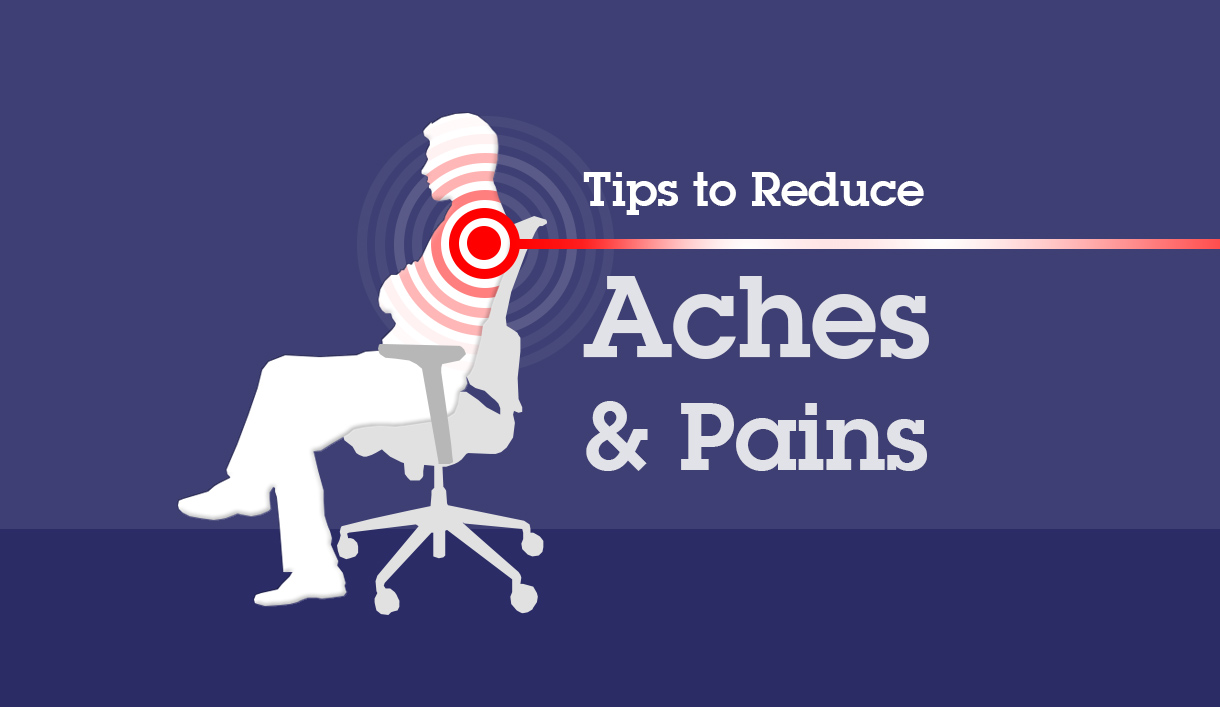
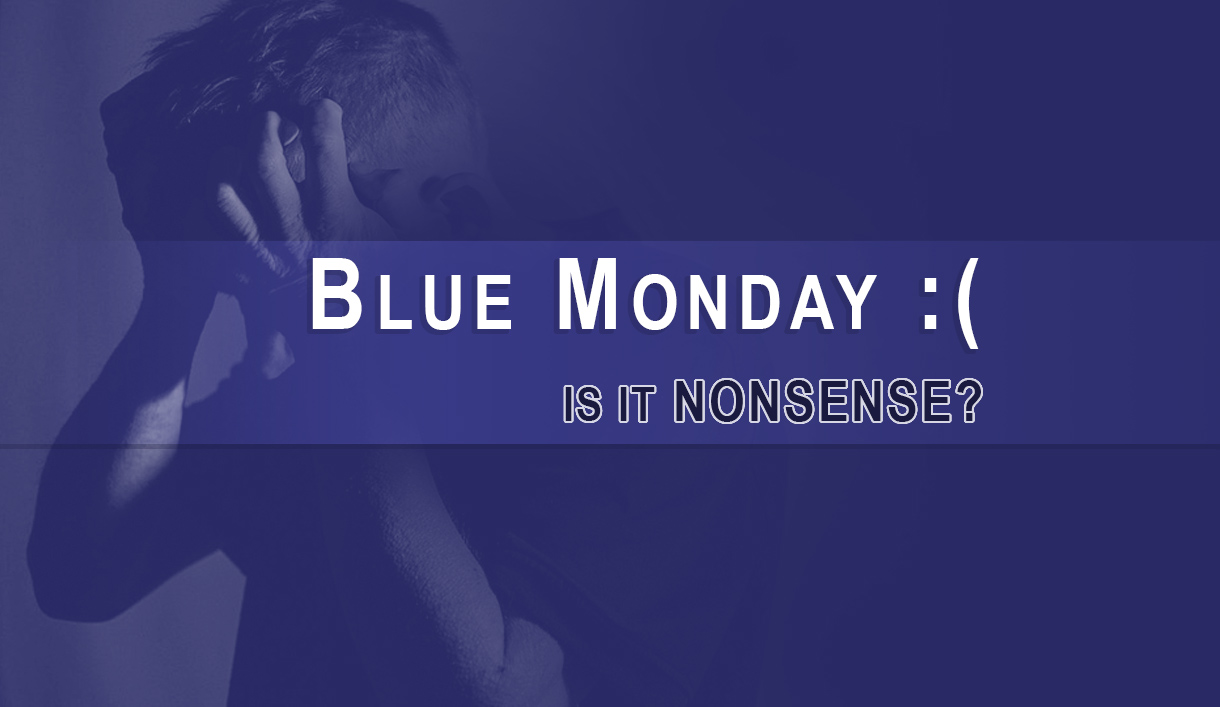
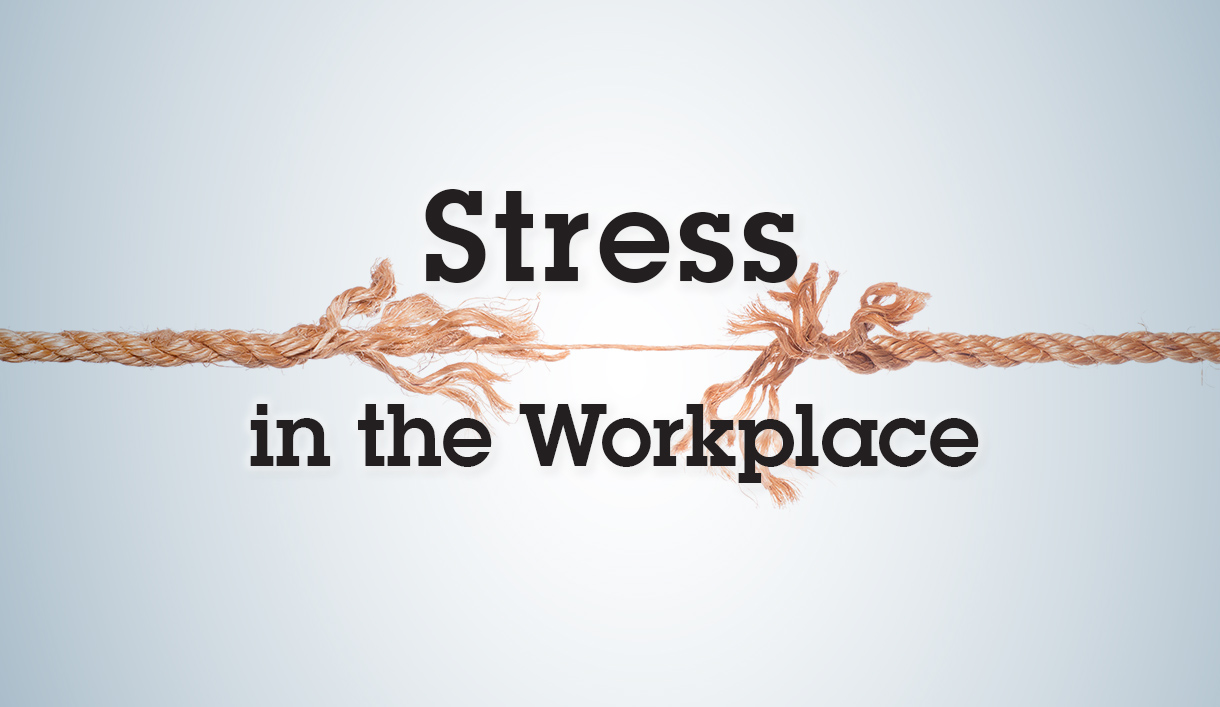

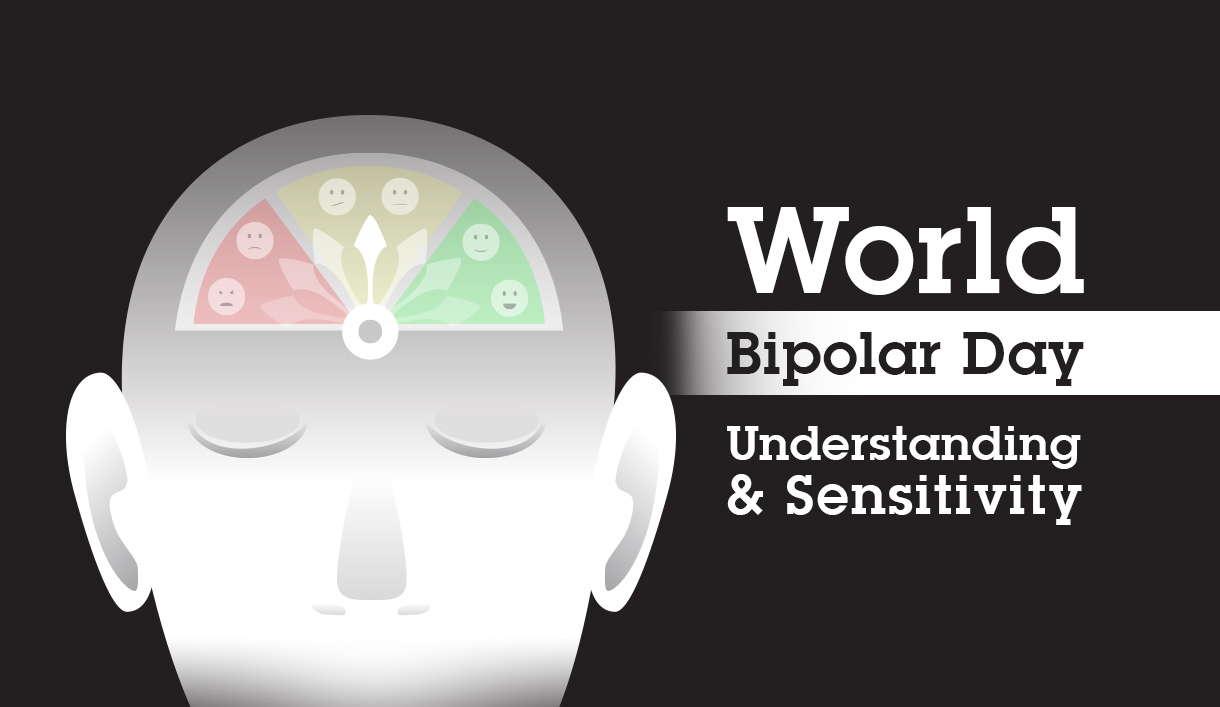
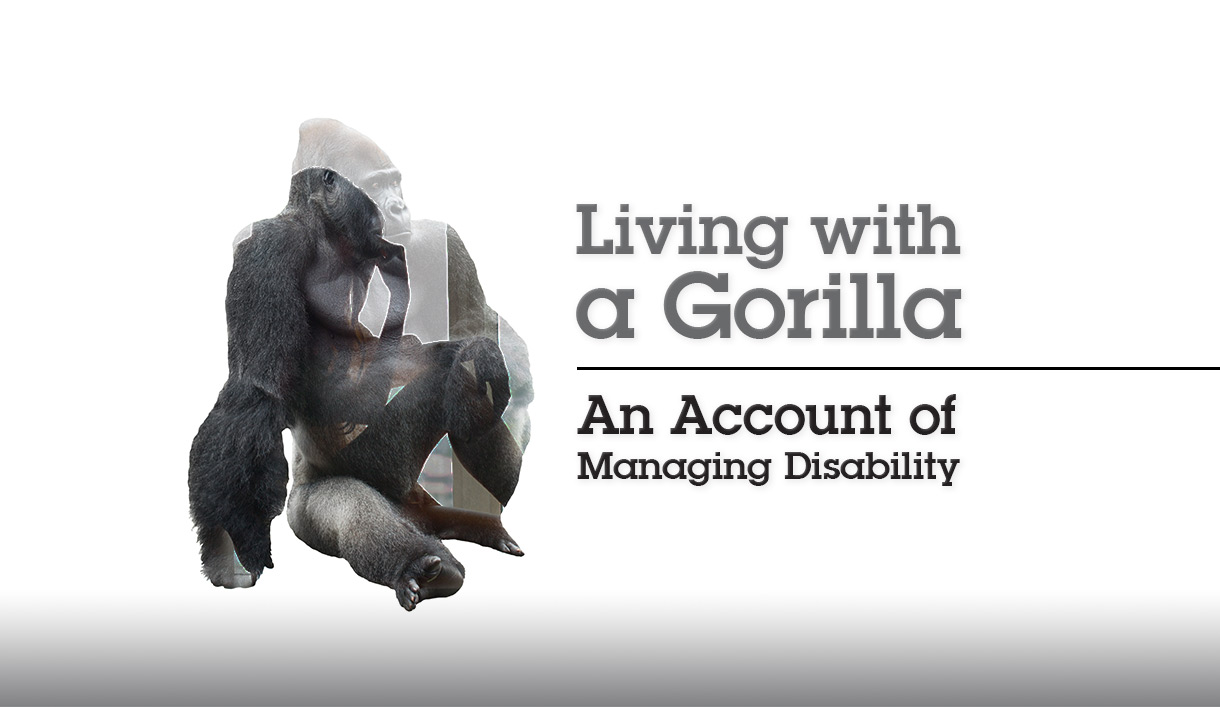
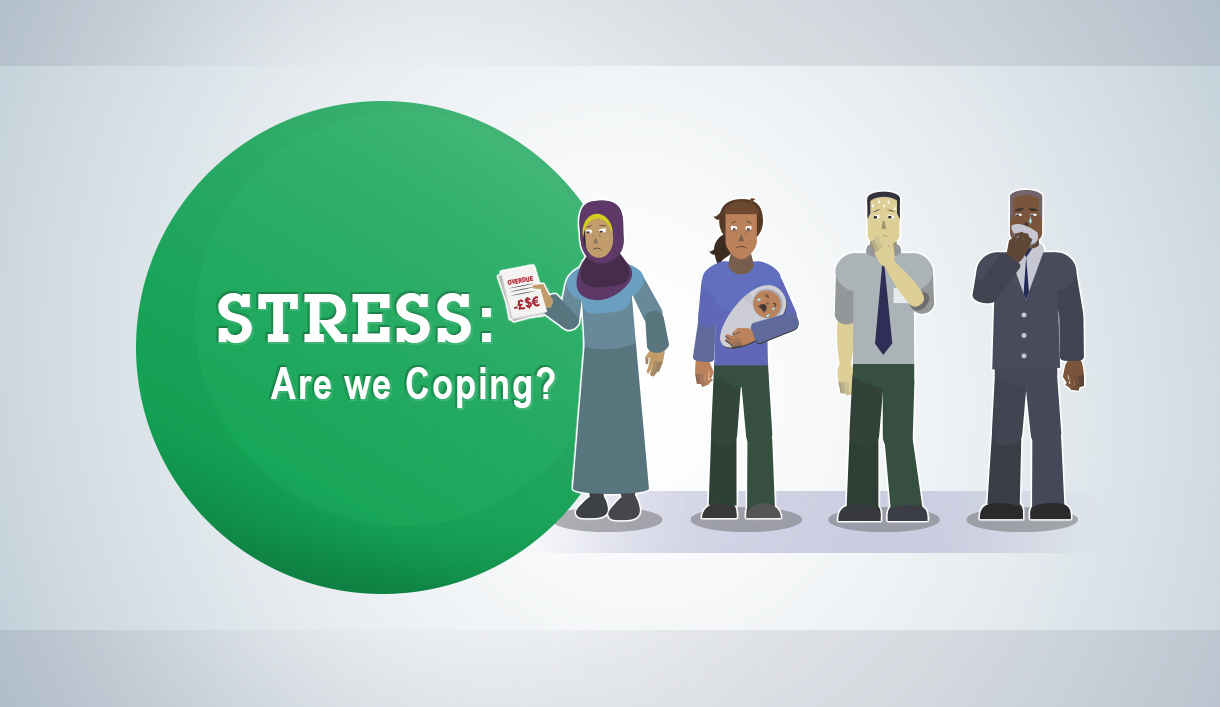
Leave a Reply
Want to join the discussion?Feel free to contribute!